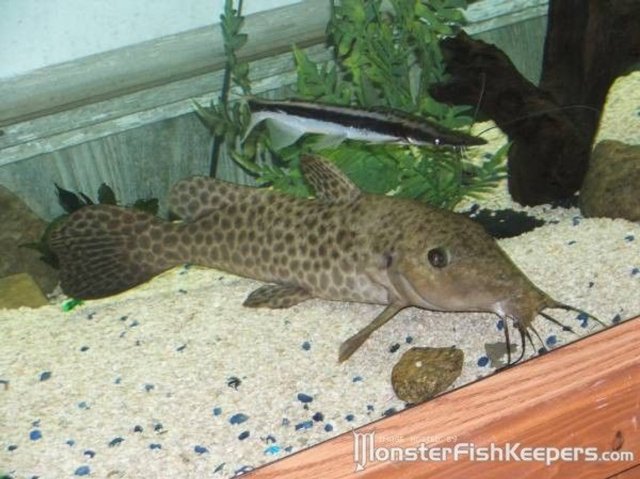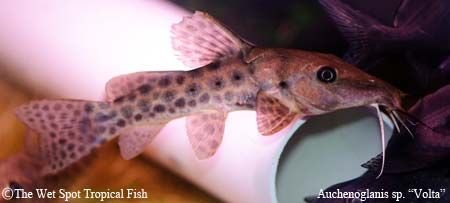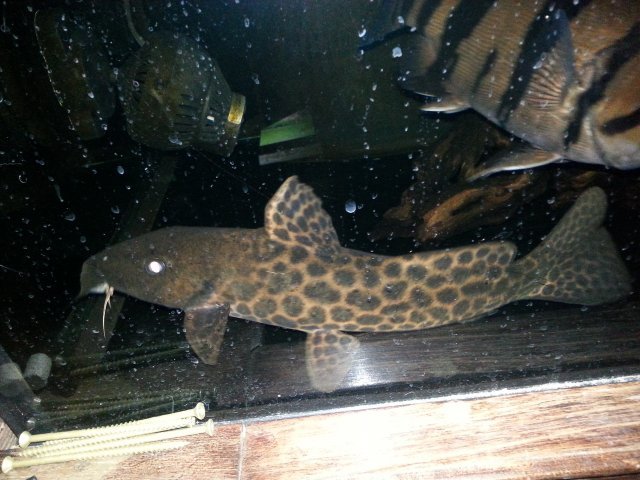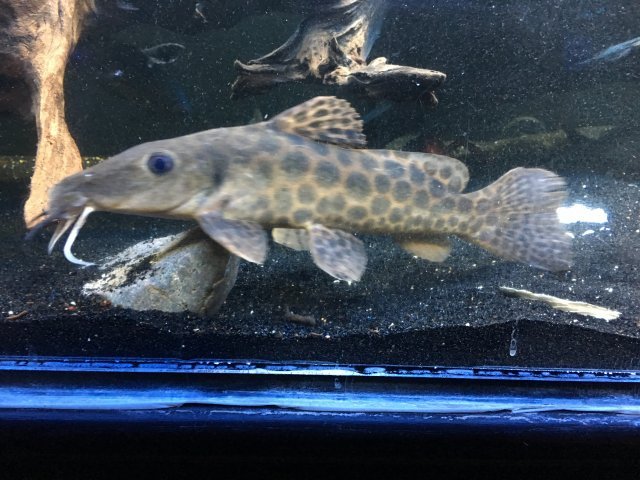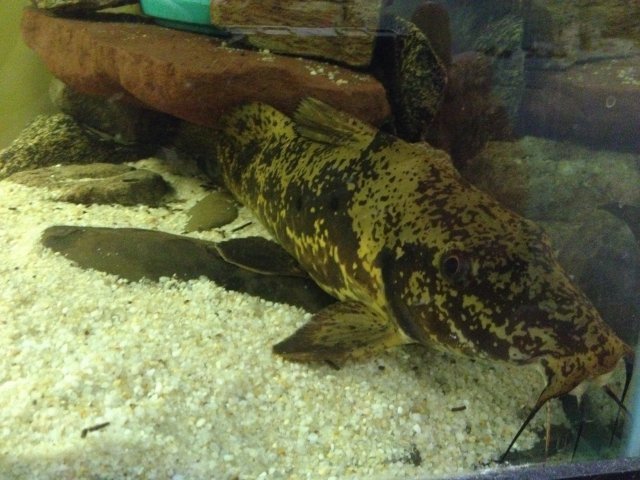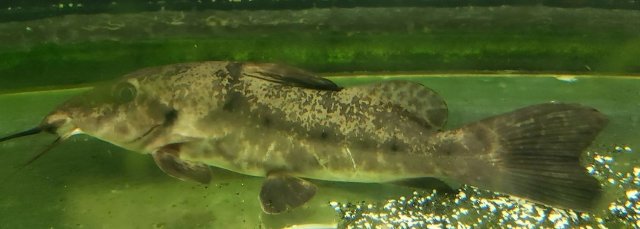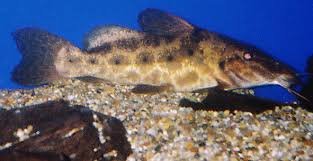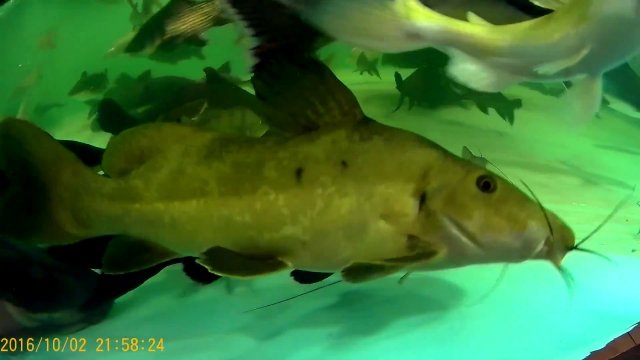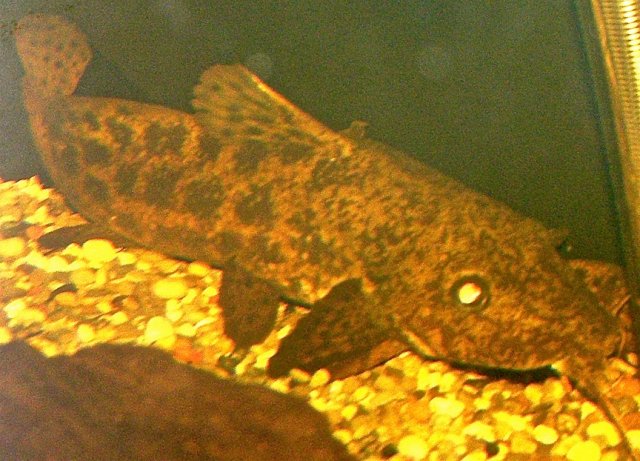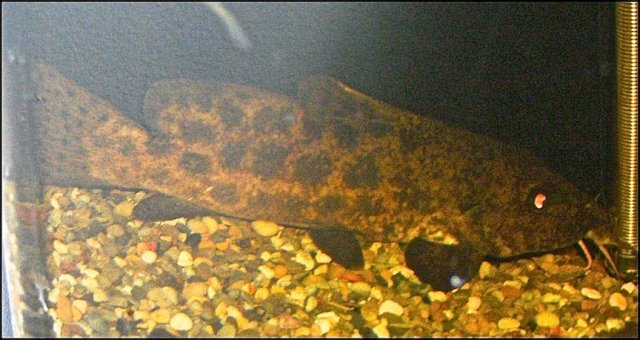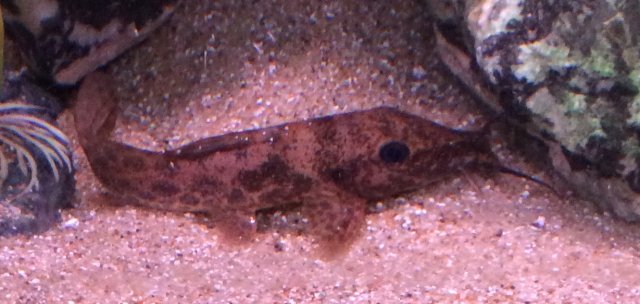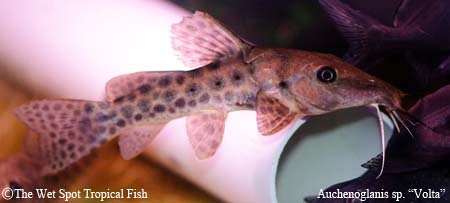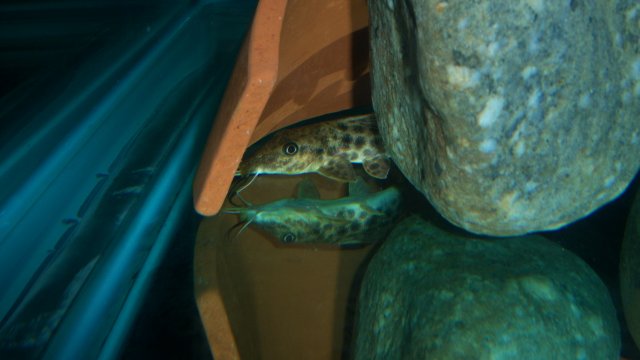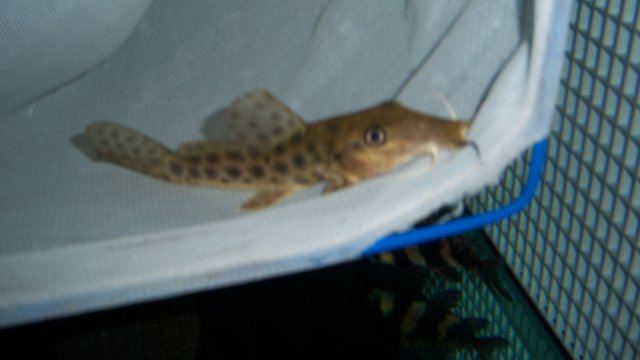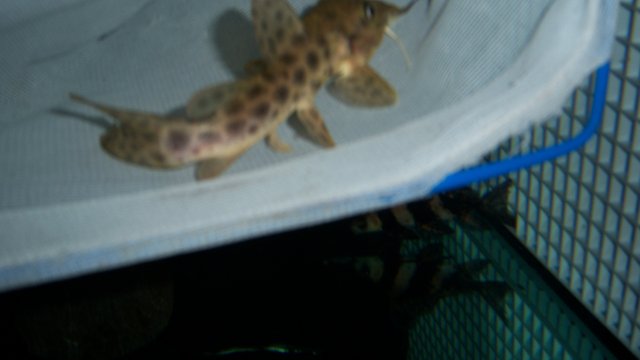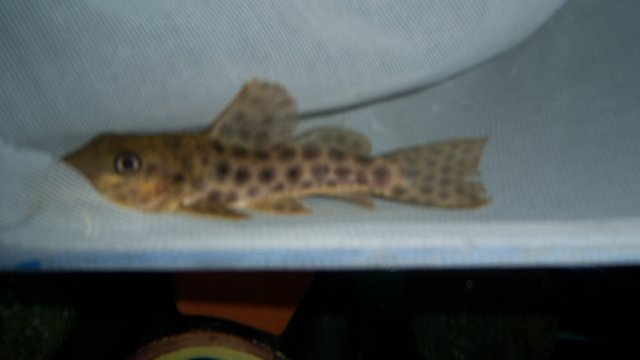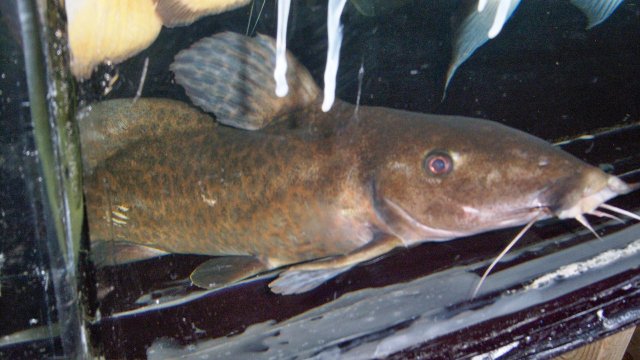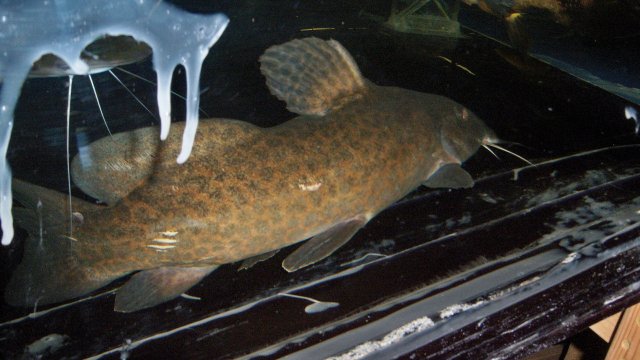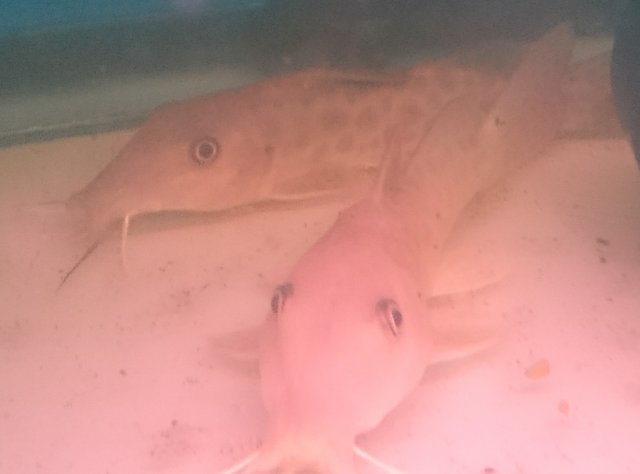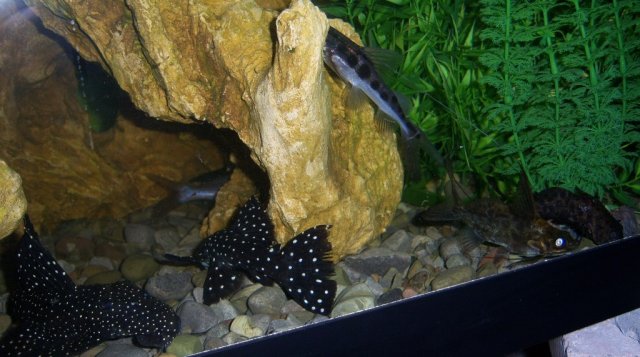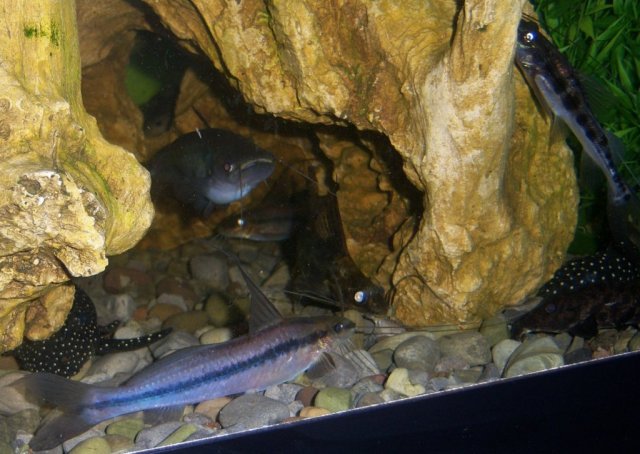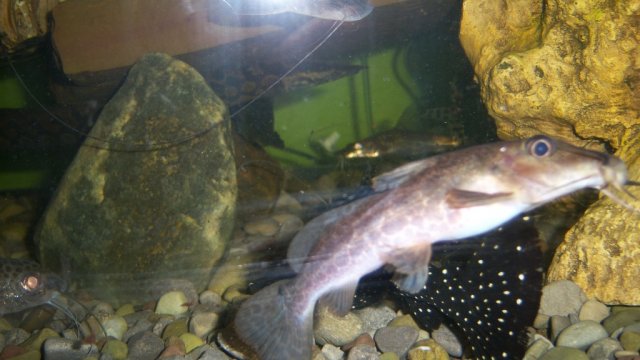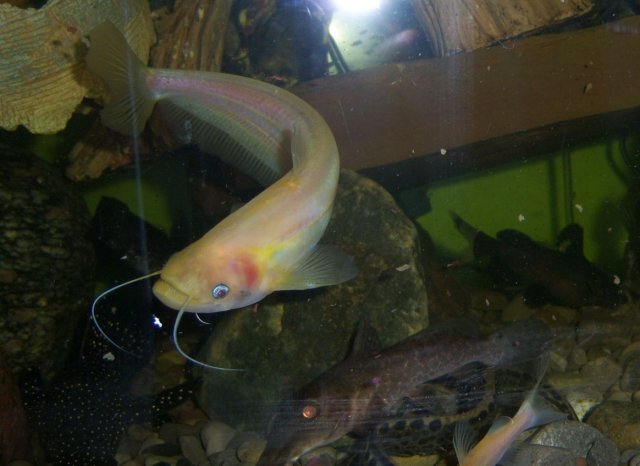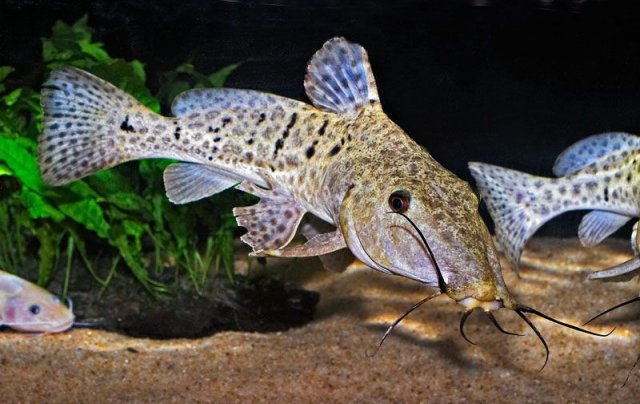Revised my opinion from my last post on Freak78 and FuriousFish's I.D. after doing more research and comparisons. I now think in both cases the fishes in question are likely to be a. occidentalis Volta River specimens from Ghana. The a. biscutatus/senegalis species exist in 5 river basins from east to west Africa but not in the Volta basin in Ghana, in answer to Viktor's question. Both the a. biscutatus and Volta River specimens share similar round spot patterns as opposed to the more common reticulated giraffe-like patterns of some of the a. occidentalis varieties. Another set of reasons is due to the head shape and adipose fin shape, height and size found in a. biscutatus/senegali among other differences such as barbel length and coloration, not to mention a multitude of other biometric measurements gleaned from scientific revisions. I just took the first pictures this year of my largest a. biscutatus now at around 5" or so. Noticeable is the shortened head and snout length as well as the large adipose fin and it's close proximity to the dorsal fin, compared to the photos of the fishes in question with longer head length and more space between the dorsal and adipose fin. There must be other characteristics I haven't noticed yet but what I've mentioned seem obvious, however unscientific that may be..
View attachment 1438225
View attachment 1438226
Also the spot patterns are obviously more different with my fish but the original fishes in question seem quite similar to Viktor's Volta cat..
Hope this may clarify some things...
